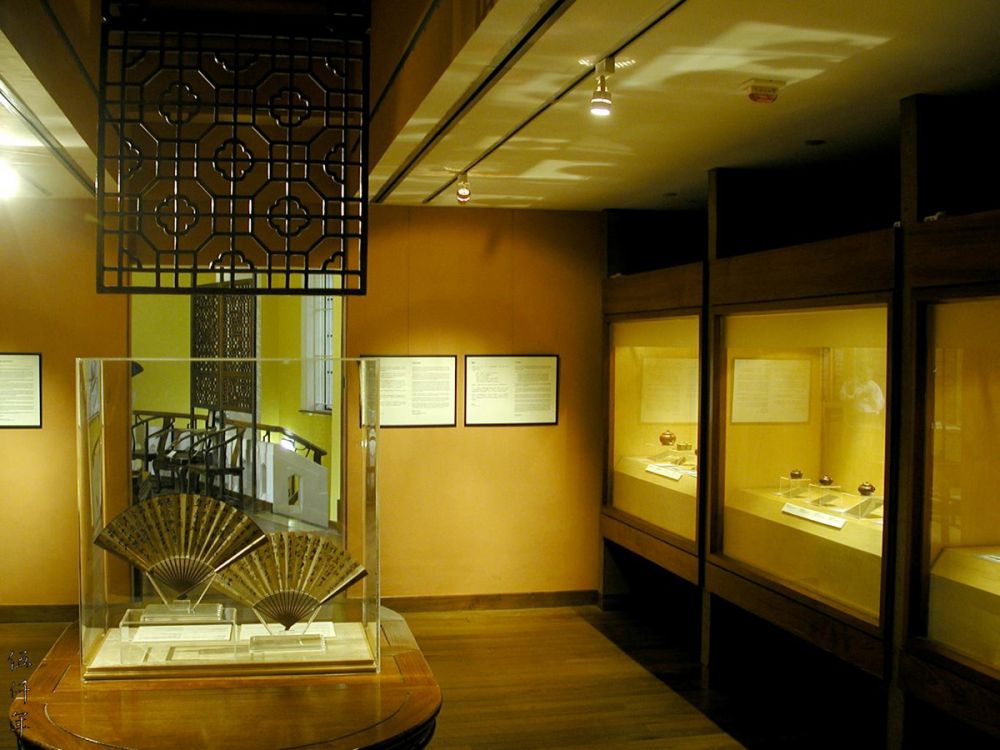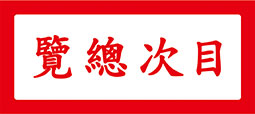Foreword by Yeung Chun-Tong
Tea and wine had been ordinary food items in daily life. In ancient China, however, scholars developed the rites of tea drinking and wine drinking, studied and worked out the ways of degusting them, and even linked them with poetry and literary works. In this way, tea and wine were elevated to a status higher than that of other beverages in the life of scholars, who treated them as top-grade food items.
The good taste of tea and wine was not the only pursuit of scholars. They also wanted to enjoy the delight cultivated in a life with tea drinking and wine drinking. Therefore, they were particular about the environment in which they drank tea and wine and they adored pretty and delicate tea sets and drinking vessels. Previously, craftsmen produced these wares just to meet people's needs in ordinary life. As scholars highly praised and greatly adored them, they had become works of art and utensils of practical use simultaneously.
Along with scholars’ being more and more fastidious about tea wares and drinking vessels, the craftsmanship involved had been undergoing refinement and improvement. For example, over the last millennium, a lot of changes had occurred to the look of wine pots. The pot body had been transformed from a big urn to a small bottle; the previously short neck had been elongated to a slim tube; at the beginning, the spout was wide and short, and was later made narrow and long; the mouth had become smaller and smaller, pots in the early days had four or five ears, which were later made bigger and evolved into one big single handle that facilitated carrying and lifting. In regard to teapots, the changes made to them had even become a special branch of art in the Qing dynasty, ardently studied by many and they became popular items of collections.
Nowadays, it is impossible for us to degust the tea, the soup and the wine in the past. Nevertheless, when we appreciate the ancient scholars’ literary works on tea and wine, we can also adore the tea wares and drinking vessels they had left behind.
We are very grateful to many friends for their assistance in the organization of this meaningful exhibition. In particular, Mr Soong Shu Kong has rendered his unreserved support and taken it upon himself to organize all the cultural relics into this exhibition. We are also deeply indebted to the K. S. Lo Foundation for its generous sponsorship for the exhibition.
Jade pots, gold bottles and silver cups are emperors’ vessels of exquisite craftsmanship, but they are not objects that scholars adore. What scholars treasure is the delight they cherish when they enjoy drinking with friends. In their minds, tea drinking and wine drinking are wonderful moments in life. Intoxicated by tea or wine, they have no more worries. However, a pot of mild tea or a bottle of insipid is also enough to arouse a lot of emotions.
Yeung Chun-tong
Director
University Museum and Art Gallery
15th November, 2006





